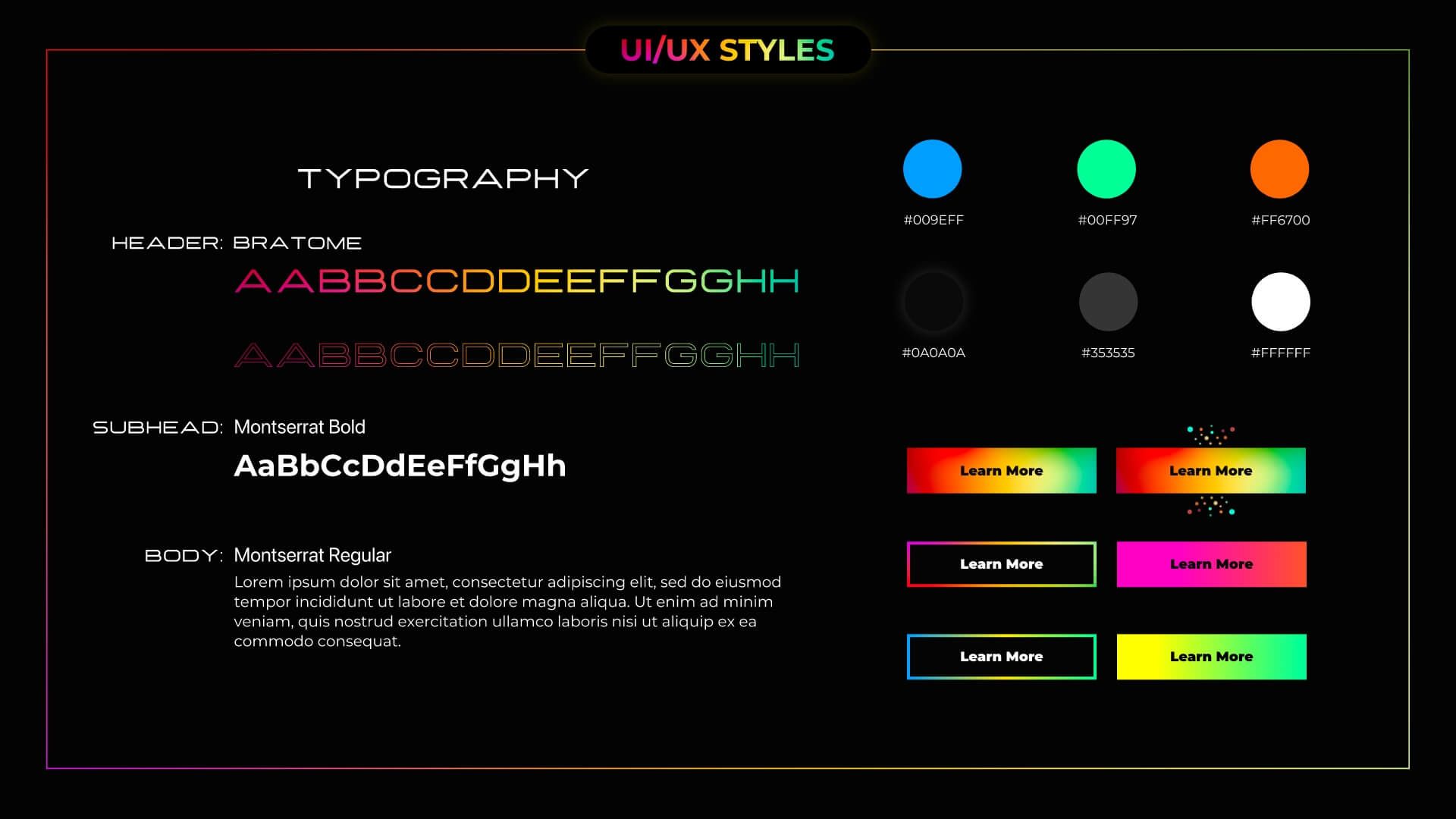WHY ARE CUSTOM WEBSITES SO EXPENSIVE? PART ONE: WHAT GOES INTO A CUSTOM WEBSITE
Written by 5ivecanons Staff
Let’s face it, unless a meteor comes and takes us all out, or Armageddon becomes a reality, we are in our digital era. That said, having a strong online presence is crucial for any business. A website is your first impression for many potential customers. But when it comes to creating a custom website tailored to your specific needs, you’ve probably questioned why the price tag can be so steep. Is it really worth the investment?
Our team of experts put together a four-part blog series to give you an in-depth overview of why custom websites are so expensive, and more importantly, why having a custom website is so beneficial for businesses. Let’s dive into part one.
UNDERSTANDING COSTS OF CUSTOM WEBSITES
The reality is that the cost of custom websites reflects a combination of factors that ensure your site is not only visually appealing but also functional, secure, and optimized for the best user experience. In this blog post, we’ll dive into the key reasons behind the costs of custom website development, and shed some light on the complexities and expertise involved in creating a digital masterpiece that stands out in a crowded online landscape. From design processes to technology integrations, let’s take a look at what truly goes into creating a custom website that elevates your brand and drives success.
PLANNING AND RESEARCH
If anyone you speak with during your prospecting skips this section and goes right into design, steer clear. You cannot build a home without a blueprint.
Market Research: Understanding target audience, competitors, and market trends to ensure the website meets business goals.
Requirement Gathering: Detailed discussions with the client (that’s you) to gather specific requirements and objectives for the website.
Strategy Development: Crafting a comprehensive plan that includes site architecture, user journey mapping, and content strategy.
CONTENT CREATION
Content Strategy: Planning and organizing content to ensure it aligns with business goals and user needs.
Copywriting: Writing clear, engaging, and SEO-friendly content for each page.
Imagery and Graphics: Sourcing or creating high-quality images, infographics, and other visual content.
Multimedia: Developing videos, animations, and other multimedia elements to enhance user engagement.
DESIGN
Wireframing: Creating basic layouts that outline the structure and functionality of each page.
User Experience (UX) Design: Ensuring the website is intuitive and user-friendly, providing a seamless experience for visitors.
User Interface (UI) Design: Designing visually appealing elements, including typography, color schemes, graphics, and images.
Prototyping: Developing interactive models to visualize the design and functionality before development begins.
Responsive Design: Ensuring the website works well on various devices, including desktops, tablets, and smartphones.
DEVELOPMENT
Front-End Development: Coding the visual and interactive aspects of the website using HTML, CSS, and JavaScript.
Back-End Development: Setting up server-side infrastructure, databases, and application logic to support the website’s functionality.
Content Management System (CMS) Integration: Implementing a CMS or a custom solution like advanced custom fields (ACF) for easy content updates.
Custom Functionality: Developing custom features tailored to your specific business needs.
SEO AND MARKETING
SEO Optimization: Ensuring the website is optimized for search engines to improve visibility and rankings.
Analytics & Tracking Setup: Implementing tools like GA4, SEMrush, Crazy Egg, and more to track website performance and user behavior.
Marketing Integrations: Integrating with email marketing, social media, and other marketing tools.
TESTING AND QUALITY ASSURANCE
Functional Testing: Ensuring all features and functionalities work as intended across different browsers and devices.
Usability Testing: Conducting user testing to gather feedback and make necessary improvements.
Performance Testing: Ensuring the website loads quickly and performs well under different conditions.
Security Testing: Identifying and fixing potential security vulnerabilities to protect user data.
DEPLOYMENT AND LAUNCH
Server Setup: Configuring the hosting environment and deploying the website to the live server.
Domain and SSL Setup: Configuring the domain name and securing the website with an SSL certificate.
Final Review and Adjustments: Conducting a final review to ensure everything is in place for a smooth launch.
CONCLUSION: A LOT GOES INTO CREATING CUSTOM WEBSITES
That was a lot, and that’s just part one! Now that you have a better understanding of the work that goes into concepting, designing, and developing custom websites, let’s check out part two where our team reviews all the factors that can influence the cost of custom websites.



